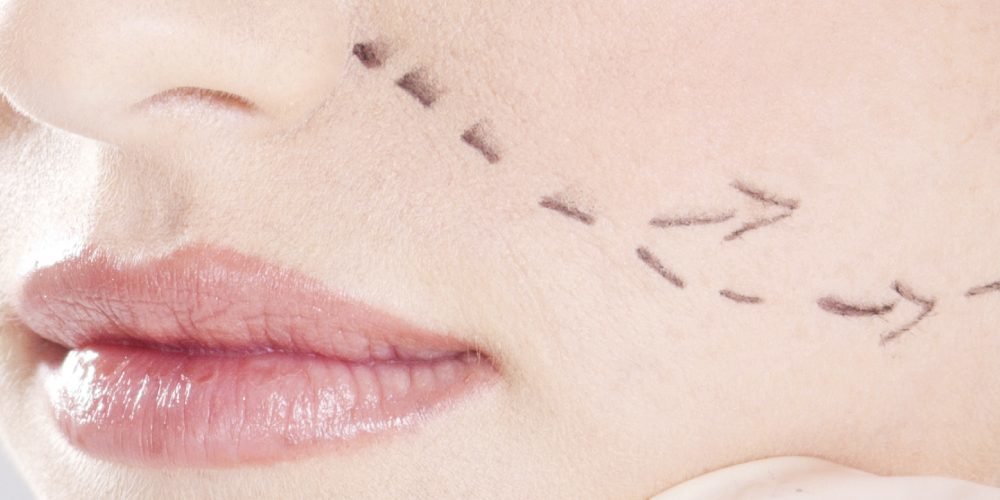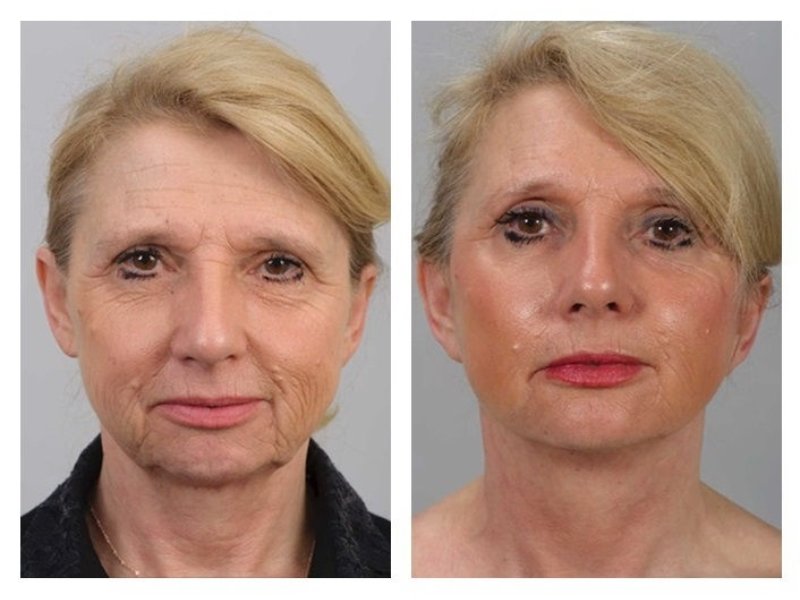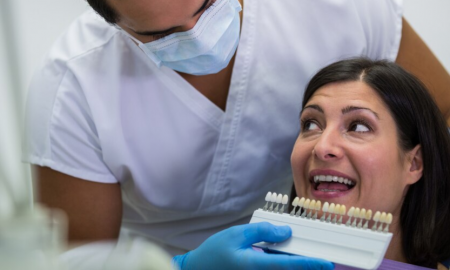
Contemplating Getting a Facelift? Here’s What Your Recovery Looks Like

A facelift (scientific name: rhytidectomy), is very beneficial for reducing the signs of maturing in the neck and face. People who have encountered problems of jowls, sagging skin and unwanted wrinkles, often opt for this procedure to achieve a more natural and youthful look. A whole host of Hollywood celebrities swear by it and some have even openly admitted to getting one in the past. Gone are the days when these procedures were expensive and only the rich and famous could afford it. Today, even common folks like us can undergo facelifts without having to empty our pockets or savings accounts.

If you’re considering having a facelift procedure, it is important to know the details of the surgical procedures, as also the protocols following surgery. Although to actually see the results of your recent facelift, it may take a few months, even though recovery downtime is faster and takes lesser time. It is difficult to give an absolute number of days taken for recovery time as this is dependent on numerous other factors such as age, type of procedures performed, and health status of the person. However, by knowing exactly what you can expect and by following the surgeon’s post-op care instructions, you can ensure that you are happy with your facelift results. A standard recovery procedure after a 30-day facelift is set out below as a guideline of what to expect while you undergo the requisite recovery period.
Week 1: Facelift recovery

During this period, make sure you follow post-operative incision care and keep these clean to prevent an infection outbreak.
Day 1. Following the surgery, you feel sleepy and unsteady. You should ideally tie-up with friends and family to take you home and look after you when you spend the first night at home. Usually you need painkillers to control pain and allay discomfort levels on your first day at home.
Day 2. Your surgeon should have called you in for a follow-up appointment during this time to remove or change surgical dressings, evaluate swelling and your incisions. If everything is normal, the area will be dressed back again, review post-operative care procedures and send you home.
Day 3. On this day, rest is recommended, but you start feeling better and may want to move about a little. Swelling and bruising reaches it’s peak around days 3 and 4, but these symptoms will persist for a few more weeks. Continue with pain medication if you experience any discomfort.
Days 4-6. Most people do not need the prescribed pain medication by this time and you can see the swelling subside. You also feel better enough to move about more freely and get some light household work done, but only if you feel up to it.
Week 2: Facelift recovery

Days 7-14. Week 2 sees a little bit of bruising swelling around the treated areas and some people experience some tingling, tightness and numbness. These are very common after a facelift procedure and be no cause for concern. As this week ends, many people are back to normalcy and ready to get back to everyday work and also resume light exercises like walking.
Weeks 3 and 4: Facelift recovery
Days 15-30. It’s officially time to remove the sutures, occurs anywhere after one week to three weeks and depends on the specific procedure as also your healing process. During these two weeks, you may retain tightness and slight residual swelling, but generally should start feeling and looking much better. This is when patients begin to observe fascinating improvements in the contours of their face. You can now exercise and enjoy activities without attracting much attention, or outward signs of surgical procedure. Incision sites do have a slight pinkish-red hue but these will lighten as time goes by.
After 30 Days: What to expect

After the 1-month mark, you are back to your regular activities and adjusting to life with a renewed confidence. In some cases minor bruising, tightness, numbness and swelling, may take a year to subside, but these are noticeable only to you.
Follow Instructions for Optimum Results
These above timeframe are only representative of the standard facelift timelines. Every surgical procedure is a unique experience and the patient must follow the directions as given by their plastic surgeons. Those who do reading and research, are able to take the necessary precautions and follow post-operative instructions, which undoubtedly increased better recovery and superb outcomes. It is essential to be in touch with your surgeon from start to finish. Do not refrain from asking questions and keep them informed if you experience any symptoms that seem to be out if the ordinary to you.
More in Plastic Surgery
-
`
4 Simple & Efficient Tips to Keep Your Skin Glowing This Winter
If you are someone who has a proper skincare routine, you must be bothered by dry skin in winter. Do you...
November 2, 2023 -
`
Summer Vibes: 5 Ideas for Unforgettable Hangouts with Friends
Summer is the season for outdoor fun and creating unforgettable memories with friends and loved ones. Whether you’re looking for a...
July 5, 2023 -
`
What Do These Skin Problems Tell about Your Health Condition?
Some medical conditions are tricky to spot simply because they are hidden and almost show no symptoms. However, they can manifest...
June 13, 2023 -
`
Wellness Tips to Help You Get Rid of Your Winter Blues
Winters can be a tough season not just for our body but also for our mental health. The sun rises later than usual...
May 7, 2023 -
`
Exploring the Latest Skin Care Trends: What’s Hot and What’s Not in 2023
The world of skin care is constantly evolving, with new ingredients and treatments popping up every year. With so many different...
April 24, 2023 -
`
Celine Dion Values Her Skin So Much That She Dropped $2 Million For This Device!
Utmost focus has been given to skincare, especially during this quarantine season, as more and more people opt to take care...
April 11, 2023 -
`
Samuel L. Jackson is a Vegan and He’s Not Ashamed to Admit it
Samuel L. Jackson, the iconic Hollywood actor, has been expressing his preference for vegan eating since August, 2018, due to some...
April 6, 2023 -
`
Terry Crews Uses THIS Technique to Maintain his Impressive Physique
Crews is a big boy. The Brooklyn Nine Nine actor maintains his weight at 245 lbs and being this bulked up...
April 5, 2023 -
`
The Most Famous Procedures in the Plastic Surgery Capital of the World
If you think that the United States is the place where the most number of cosmetic surgeries in the world happen,...
April 5, 2023















You must be logged in to post a comment Login